History/driving impressions republished by the author; originally published in AutoWeek February 24, 1986
The front wheels are dancing over the dirt, bumping, shaking and bouncing like Lula, the Snake Girl and Queen of the Midway, and there is more fight in the steering wheel then in a bar in a bad part of town. I have my head hung over the side of the car like a Labrador’s out the rear window of a ‘55 Buick, except I don’t dare let my tongue hang out less some particularly nasty bump make me bite it off. Photographers are leaning over the fence to get a picture of me, I’ve got the low groove at Williams Grove, and I’m racin’.
Well, not really racing. It’s the Williams Grove Old-timers Annual Reunion and vintage Offy and V8 Ford sprinters, just loping along, are passing me on the high side, up on a smoother part of the track where I don’t dare go – I don’t want to become a rolling obstacle – and shucks, I’m probably not going much faster than 40mph. If that.
Still, at the wheel of the Wolfe Bros Special, a 1927 Model T Ford in basic county fair racing trim, it’s not hard to Mitty oneself back to the ‘30s, to a time when to get started in circle track racing meant taking the fenders off a Model T and taking it racing. Usually it was at the county fairgrounds on a track originally built for horseracing, as it had been in American auto racing almost from the beginning. The US didn’t have the roads for road racing; excellent rail service had allowed the American road network to be neglected.
So on dirt tracks lined with board fences the weekend heroes in five dollar jalopies and caps turned backwards to the wind first turned the wheel toward dreams of stardom, vying for a $50 purse, a cheap trophy and a kiss – on the cheek – from Ida Mae, Miss Pork Production and Queen of the Miscellaneous County Fair.
The next step up involved unbolting the lights and, for those starting to get serious, a special body. Still for the weekend heroes, this meant backyard fabrication by home-taught craftsmen, a couple of guys hammering together a sure winner from whatever’s on hand.
It was from such a background that the Wolfe Brothers Special came. Although specific history on the car is unknown, it originated in upstate New York where, along with Ohio, Model T racing was especially popular. The car was bought by brothers Ralph and Williams Grove promoter George Wolf at an auction several years ago. “A nasty, beat-up piece of…equipment,” recalls Ralph. “Didn’t even run.”
The brothers stripped the car down. “The framework of the body was made out of wood, real old wood,” says Ralph. “When you take the skin off it looks like a boat turned upside down.”
Rebodying Model Ts was common during the ‘20s and ‘30s. A body could be bought whole or knocked down, or plans were available for those who preferred – or could only afford – to roll their own. Most of these alternate bodies were sporting and some wound up on racers. The Wolfe Brothers found that the galvanized sheet-steel skin of their car was made from old highway signs, messages unfortunately indecipherable.
“It was really rough, though,” Ralph recalls. “It didn’t have a straight piece on it.”
So they saved the old body, storing it in the barn, and made a replacement out of aluminum to cover the original framework. Ralph confesses that the restored car, with this tidy new body work in paint, is probably better than it ever was when originally raced.
Mechanically the car is completely stock. Though overhead valve heads were available for the T engine, such conversions were beyond the budget of the weekend hero. Shock absorbers were another aftermarket item not found on the Wolfe Brother Special, just the solid front and live rear axle, each with its own transverse leaf spring. The car also has Henry Ford’s epicyclical transmission; it may have been easy for someone who had never driven anything else, but the hands and feet of someone raised on new-fangled multi-speed transmissions must be completely re-educated. There are three pedals on the floor, but none is clutch or throttle. The right pedal applies the brake, rear only. The center pedal when depressed selects reverse. The left pedal is down for low, up for high, and somewhere in the middle for neutral. Throttle and spark advance are on the steering column.
Fortunately for me, racetracks don’t require reverse, so the middle pedal could be ignored. Speed was too precious to be wasted by turning it into warm brake linings, and I certainly wasn’t worried about overtaking anybody (the Wolfe Brothers Special was the only stock-engined T at the Williams Grove Old-timers Reunion), so the right pedal could receive a similar treatment. The left pedal is needed only in the pits. From there on it’s high gear.
Which is a good thing, as the cockpit has incredibly limited legroom. To push the high/low pedal down, my left shin had to press hard against the dashboard, which in this case really was a board and with a sharp edge to boot. Getting underway required engaging low (oh, my shin!) and then releasing the handbrake (left-hand) while feeding in throttle (right-hand). The bands engage as the brake is released and the Model T sprinter chuffs through the pits. A quick glance over the shoulder at the pit exit and its up for high and as much throttle and advance as one dares.
The T doesn’t really accelerate, but quickly it’s bounding along at a daredevil 40mph. Concentration centers on the wheel and the throttle lever. The other controls will have to be mastered again – this racer has got to stop sometime – but that can wait. Let’s put some daylight under those 4.40/4.60x16s and give ‘em a show.
There was a time when the model of car most driven by Americans was Henry’s Model T. Very few today get their racing career cranked up–pun intended–in a Model T sprint car. This car proves, by the way, the adage that’s it’s more fun to drive a slow car fast than a fast car slow.





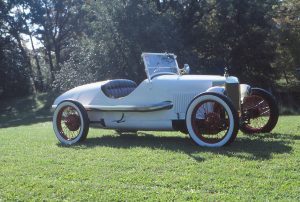
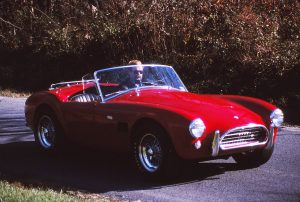
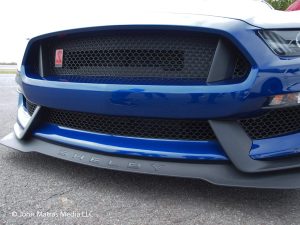
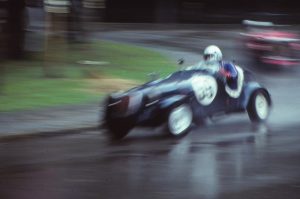
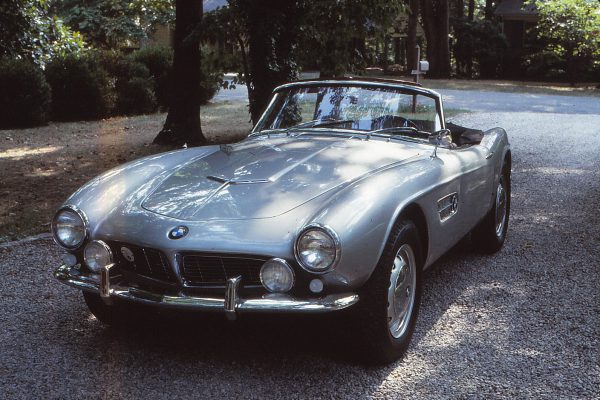
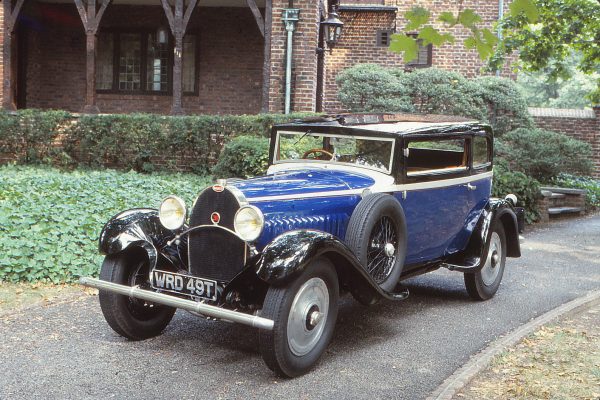
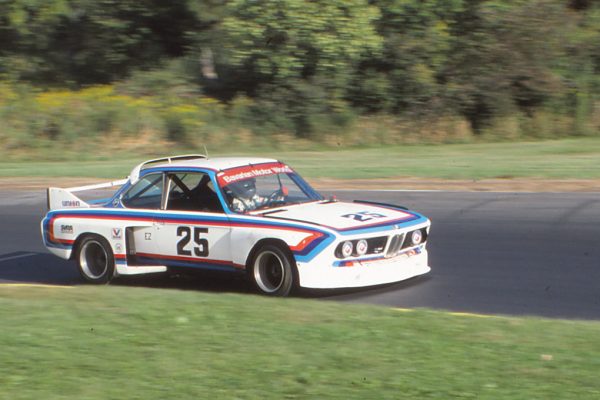
What Do You Think?
You must be logged in to post a comment.